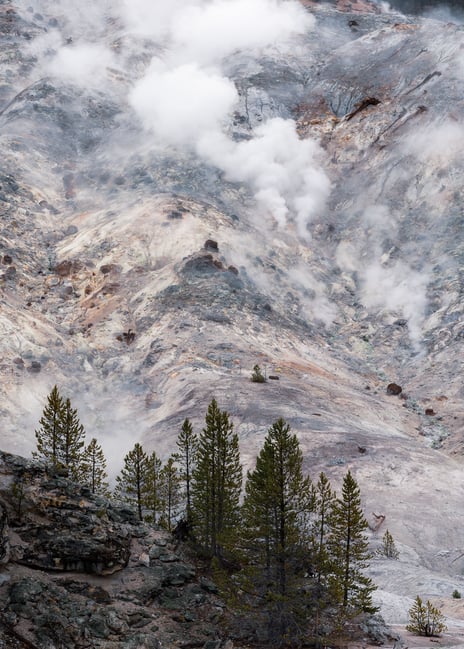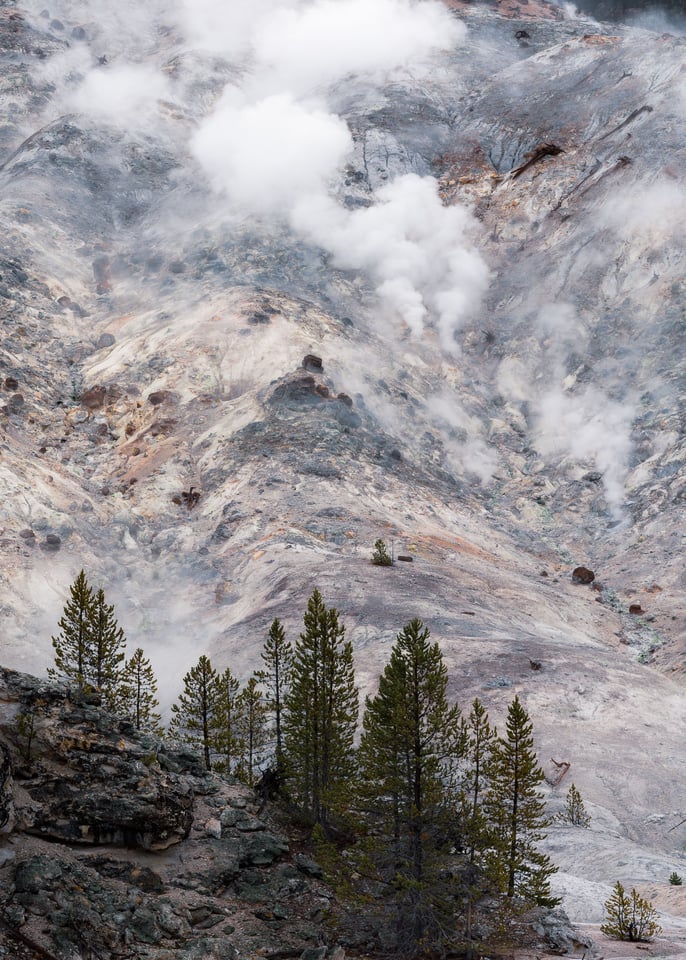كيفية الاختيار بين الاصدارا المتشابهة من الصورة
How to Choose Between Similar Versions of a Photo
من الأمور الصعبة في التصوير الفوتوغرافي الاختيار بين أشكال مختلفة لنفس الصورة. إذا كنت سعيدًا بشكل خاص بالتقاط الصور، فقد ينتهي بك الأمر مع العديد من الصور المشابهة على محرك الأقراص الثابتة لديك دون وجود صورة "أفضل" واضحة بينها. على الرغم من أنه يمكنك فقط اختيار إحدى هذه الصور بشكل عشوائي، إلا أنني أعتقد أنه من الأفضل التفكير في قرارك والاختيار بينها بعناية. من المؤكد أن الأشياء الصغيرة مهمة في التصوير الفوتوغرافي، ويمكن أن تكون هذه فرصة ذهبية لوضع أسلوبك الشخصي موضع التنفيذ.
Something tough about photography is choosing between similar variations of the same photo. If you’re especially shutter-happy, you might end up with many similar photos on your hard drive without a clear “best” image among them. Although you could just pick one of these photos at random, I think that it’s much better to put some thought into your decision and choose between them carefully. The small things definitely matter in photography, and this can be a golden opportunity to put your personal style into practice.
How to Choose Between Similar Versions of a Photo
من الأمور الصعبة في التصوير الفوتوغرافي الاختيار بين أشكال مختلفة لنفس الصورة. إذا كنت سعيدًا بشكل خاص بالتقاط الصور، فقد ينتهي بك الأمر مع العديد من الصور المشابهة على محرك الأقراص الثابتة لديك دون وجود صورة "أفضل" واضحة بينها. على الرغم من أنه يمكنك فقط اختيار إحدى هذه الصور بشكل عشوائي، إلا أنني أعتقد أنه من الأفضل التفكير في قرارك والاختيار بينها بعناية. من المؤكد أن الأشياء الصغيرة مهمة في التصوير الفوتوغرافي، ويمكن أن تكون هذه فرصة ذهبية لوضع أسلوبك الشخصي موضع التنفيذ.
Something tough about photography is choosing between similar variations of the same photo. If you’re especially shutter-happy, you might end up with many similar photos on your hard drive without a clear “best” image among them. Although you could just pick one of these photos at random, I think that it’s much better to put some thought into your decision and choose between them carefully. The small things definitely matter in photography, and this can be a golden opportunity to put your personal style into practice.


















 الصورة رقم 7 - تعجبني فتحات التهوية المحددة جيدًا والاتجاه القطري للبخار هنا، لكن هذه المنطقة الفارغة لا تساعد في التكوين
الصورة رقم 7 - تعجبني فتحات التهوية المحددة جيدًا والاتجاه القطري للبخار هنا، لكن هذه المنطقة الفارغة لا تساعد في التكوين
تعليق